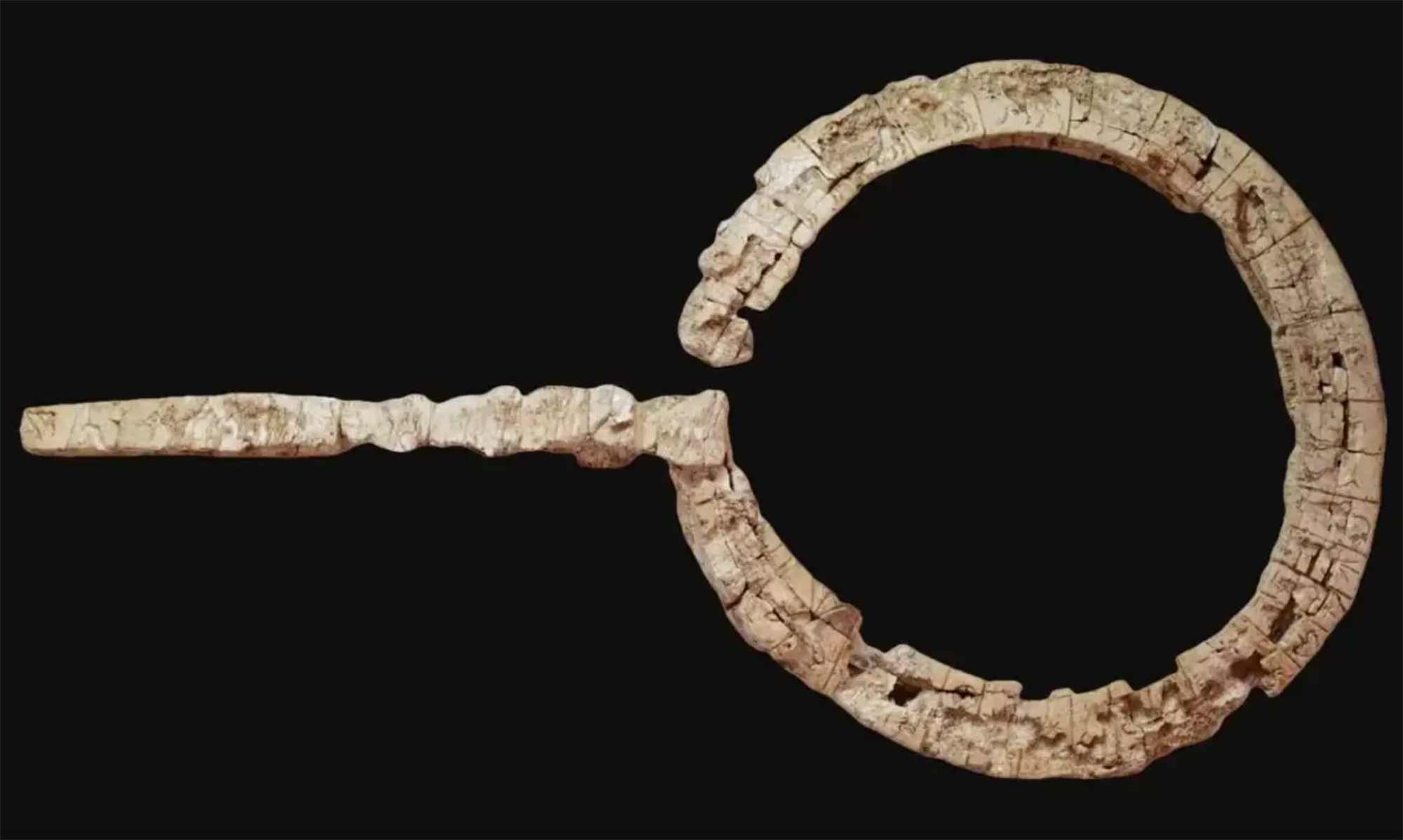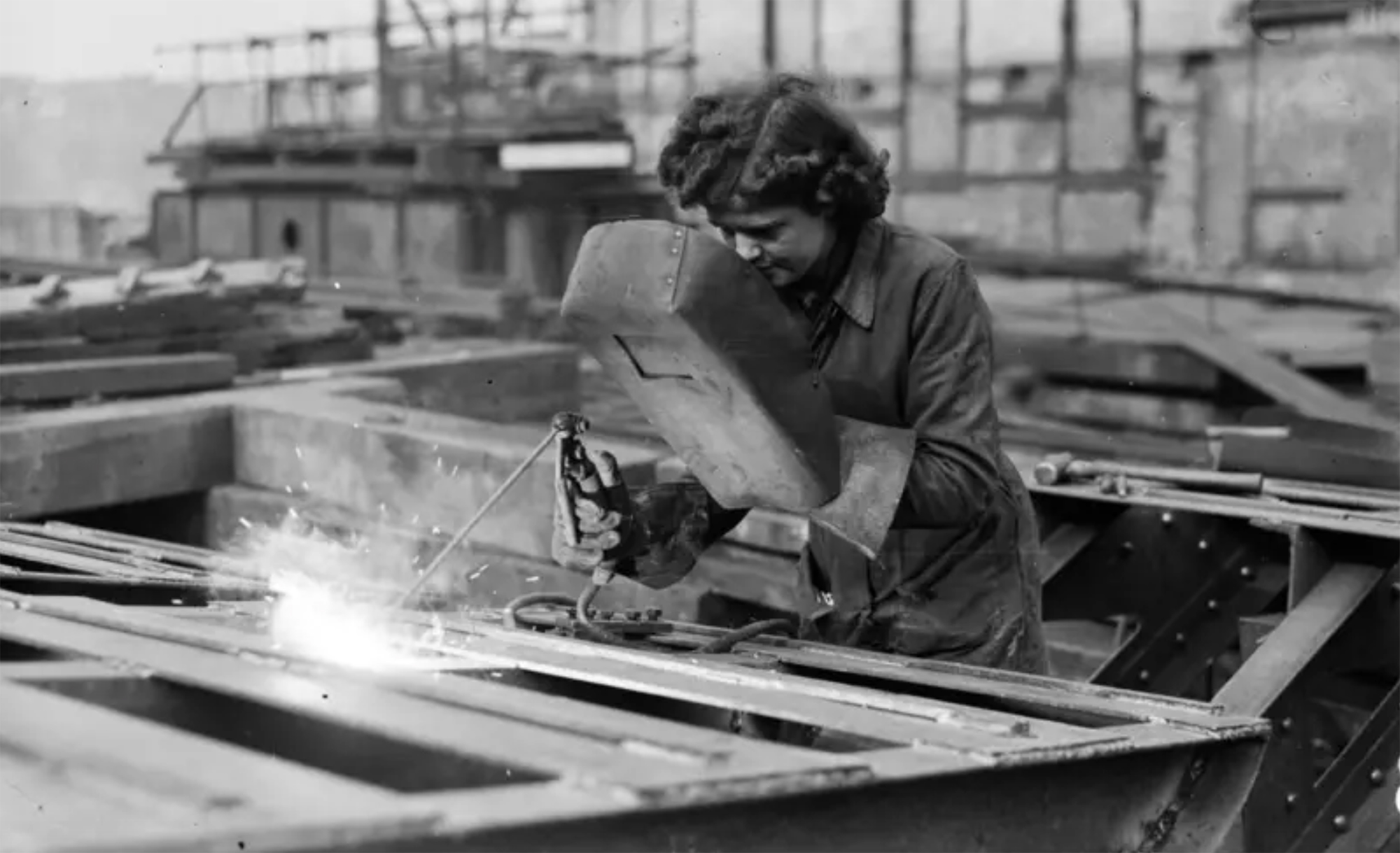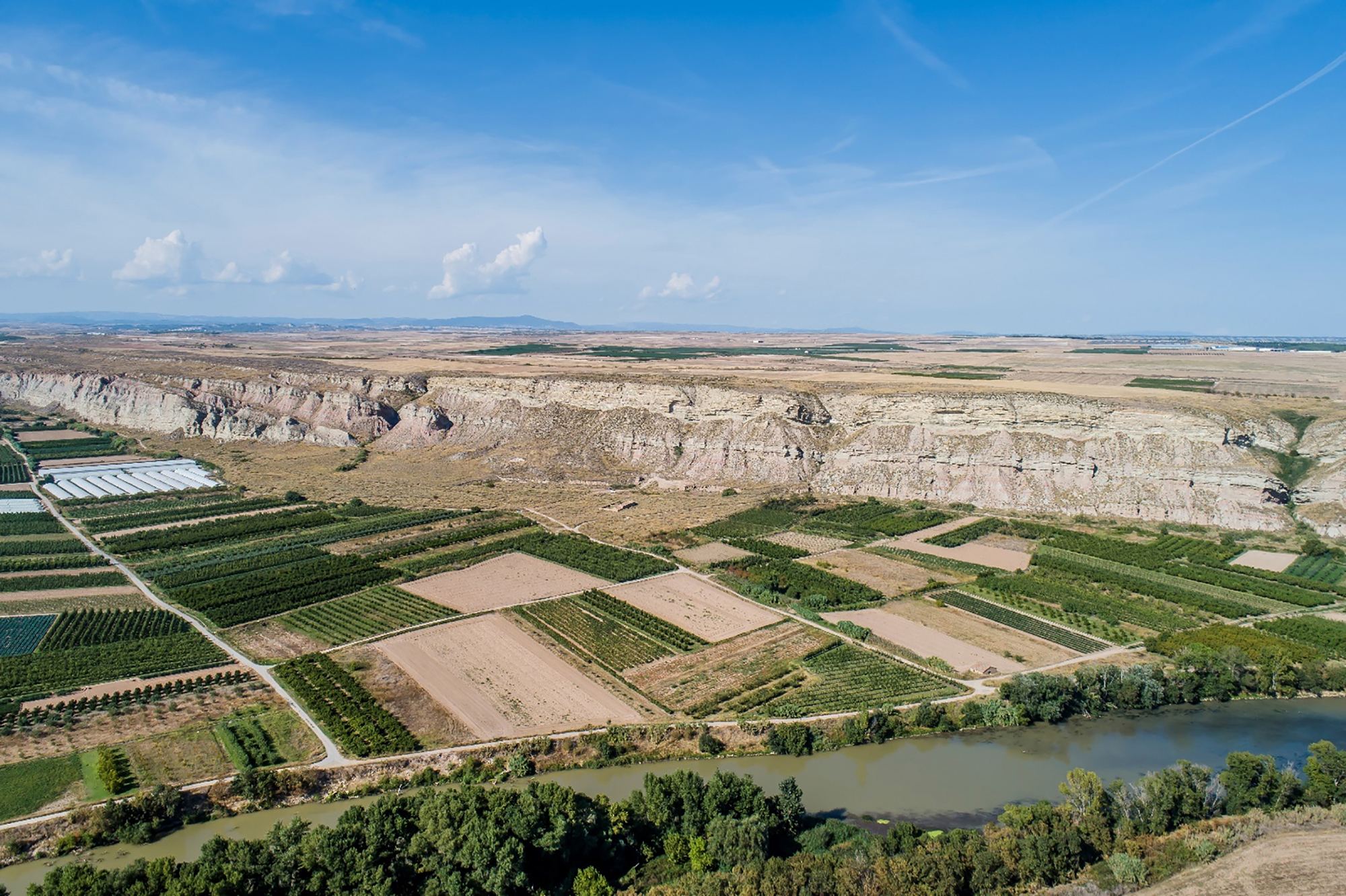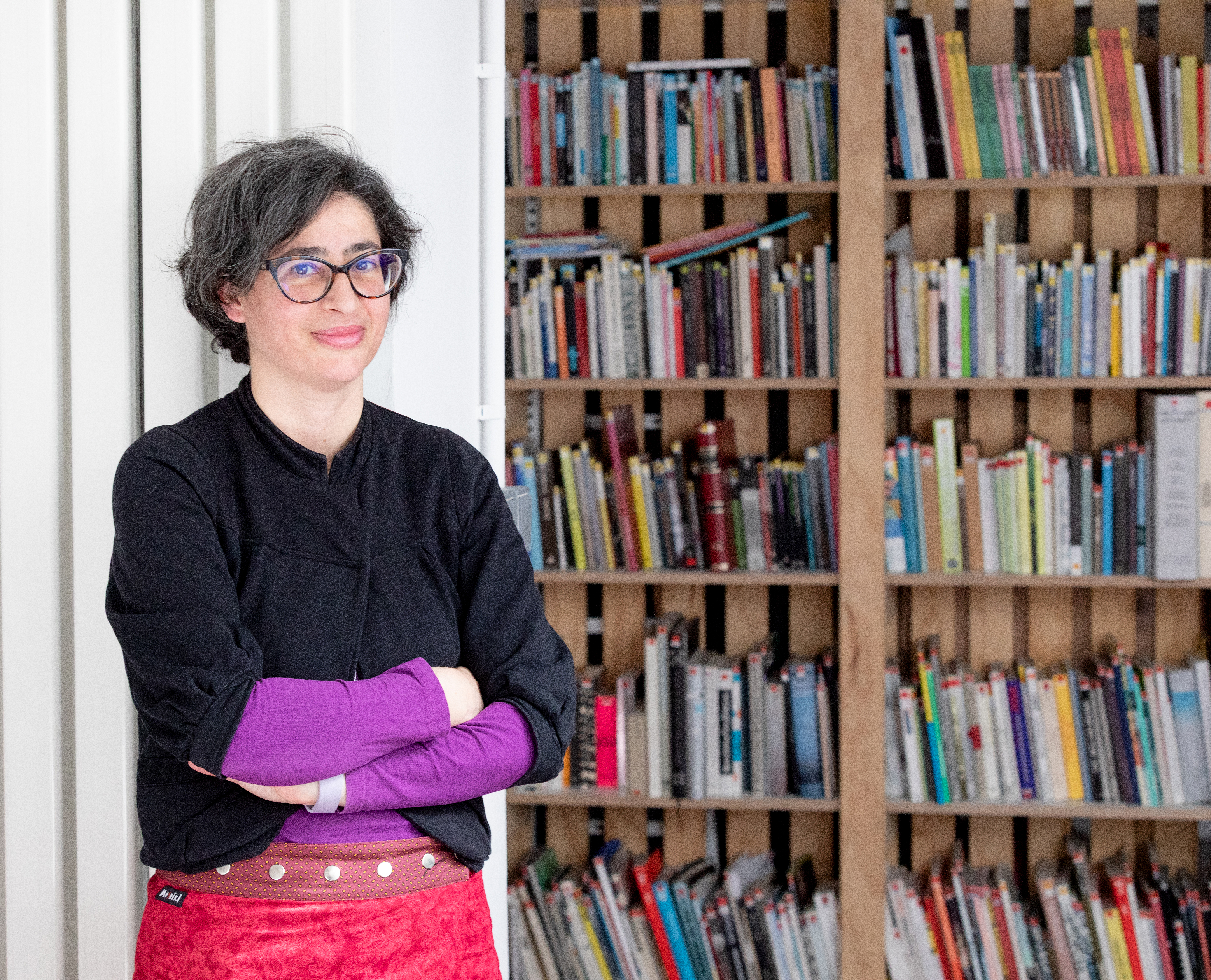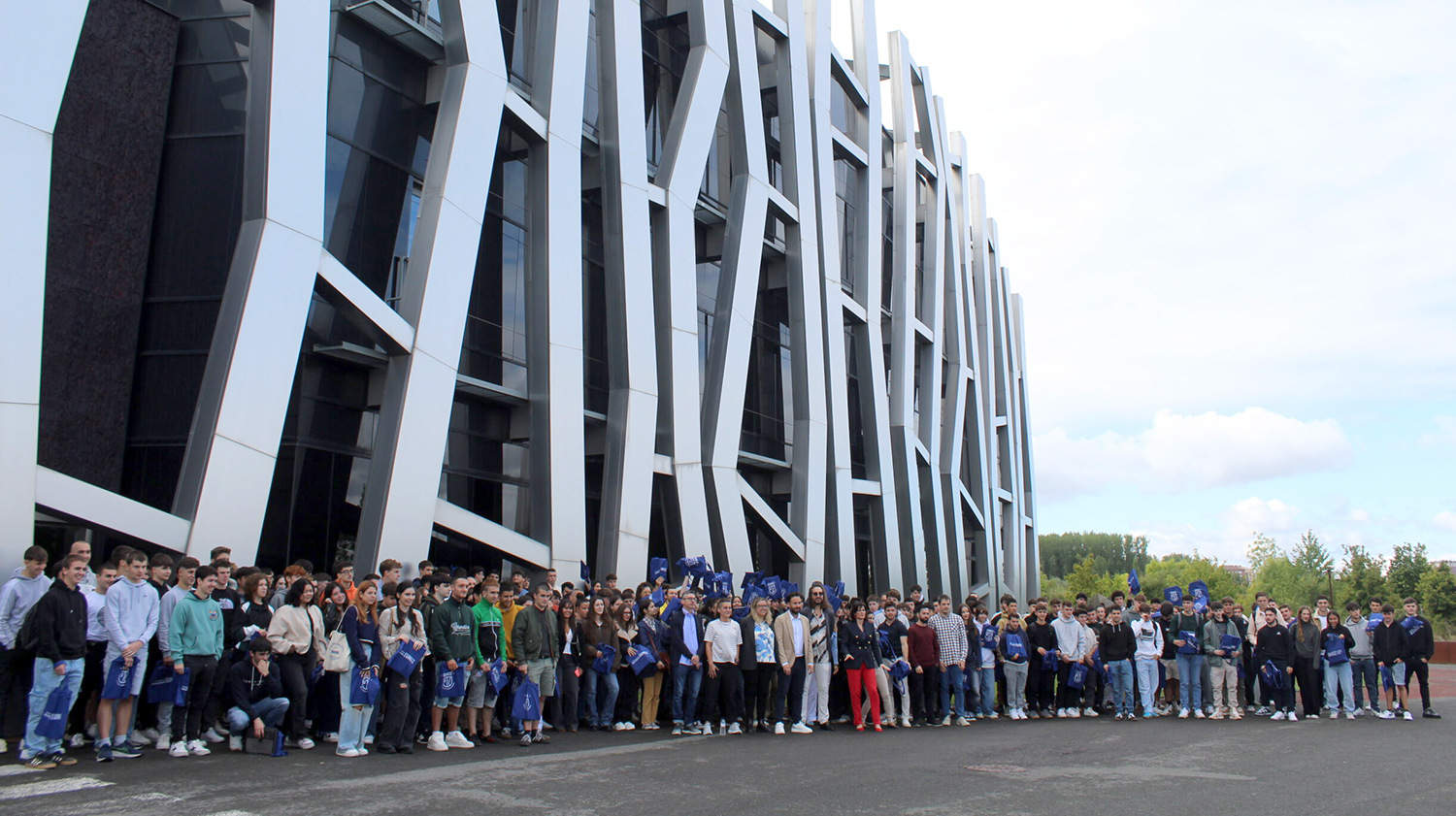From the English cemetery to the sky
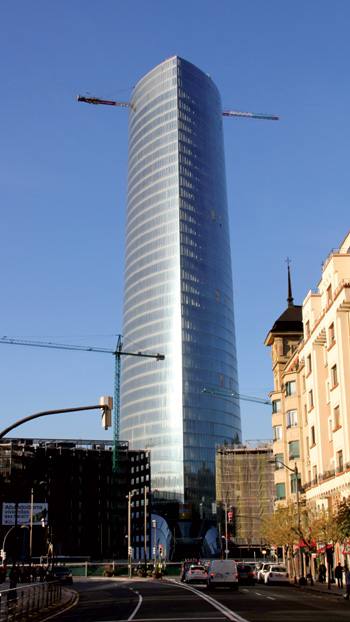
Madrid, July 1605. King Philip III of Spain signed a trade agreement with the United Kingdom in which they agreed, among other things, to hold the “cemetery of the English” on the island of the “Seven Trees”, in front of La Salve, in the estuary of the Nervión, for religious reasons. In fact, Catholic cemeteries could not be used to bury the deceased Protestants near the Biscayan coast or in the port of Bilbao. As economic relations with the British Isles intensified, more and more British people met and died in the vicinity of Bilbao, so they increasingly used the cemetery. Therefore, the space we know today as Abandoibarra was called “Campo de los ingleses” for a long time.
Over the years, the flooding of the estuary deteriorated the area. At the request of Consul Mr. Young, the city transferred ownership of the land to the British Consulate and began the reconstruction of the land. They were reused as a graveyard, helped by the thrust of the stop that Renfe opened near there in 1888.
When the quay was raised and opened, the transfer of the graveyard became essential, but it was a complicated issue. First the City Council of Bilbao, and then the Port Labour Commission itself, asked the British to move the cemetery, but the two received the negative. Finally, in 1908, Alfonso XII had to dictate a Royal Order for the British resignaran.Con to move the cemetery, the vast valley of
Abandoibarra was the children’s football field of Bilbao, where Rafael Moreno “Pichichi” played, which would then be the football star. The headquarters of the Club de Olabeaga Steel Club, the airstrip of aviator Manuel Zubiaga and the location of the circuses Krone and Karl Hegenberg in 1928 were also “The Field of the English”.
In the 1940s, before building the downhill ramp from the bridge that leads to Deusto, like other places in the area of Bilbao, this land was occupied by slugs. Although many housing units were built for the workers in the 1960s, the slums did not disappear from Abandoibarra to become Renfe’s freight terminal. Finally, in the 1990s, urban reform operations began, which materialized in the construction of an Iberdrola Tower of 165 meters above the English cemetery.
Linear A is a Minoan script used 4,800-4,500 years ago. Recently, in the famous Knossos Palace in Crete, a special ivory object has been discovered, which was probably used as a ceremonial scepter. The object has two inscriptions; one on the handle is shorter and, like most of... [+]
Londres, 1944. Dorothy izeneko emakume bati argazkiak atera zizkioten Waterloo zubian soldatze lanak egiten ari zela. Dorothyri buruz izena beste daturik ez daukagu, baina duela hamar urte arte hori ere ez genekien. Argazki sorta 2015ean topatu zuen Christine Wall... [+]
Gozamen aparta bezain deskribatzeko zaila dakar, norbaiten hitzak irakurri edo entzun ostean, zera pentsatzeak: “Horixe zen neu aurreko hartan azaltzen saiatu nintzena!”. Idazlea eta itzultzailea da María Reimóndez, eta galegoz aritzen da, hizkuntza... [+]
Segurtasun falta dagoen irudipena handitu dela azaldu du Eustaten azken txostenak. Gurean, Trapagaranen, Segurtasuna orain, delinkuenteen aurka manifestaziora deitu dute herritar batzuek.
Bi izan dira sentsazio hori zabaltzeko arrazoiak. Batetik, udalak Udaltzaingoaren... [+]
















